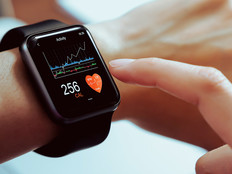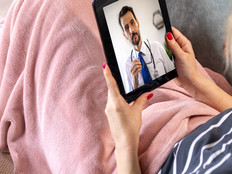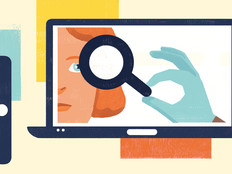Telemedicine Gives Rural Hospitals a ‘New Lease on Life’
Telemedicine offers more than just the hope of replacing in-person care; by offering greater access to specialists and easily accessible routine exams, it can also expand care in remote regions.
“Before the pandemic hit, rural hospitals were struggling financially and closing at a greater rate than ever before,” says Neeraj Puro, assistant professor of health administration at Florida Atlantic University. “The adoption of telehealth technology has given a new lease on life to the rural hospital itself.”
Telemedicine’s potential has long been recognized, but obstacles have slowed its growth, including a lack of demand from patients, resistance among clinicians and unwillingness by insurance companies to reimburse many telemedicine services, according to a report last June by Puro and Scott Feyereisen, assistant professor of health administration at FAU. But they believe the expansion of telemedicine throughout the pandemic has helped minimize such obstacles.
Several developments in the past year have sped the adoption of telemedicine. The Coronavirus Aid, Relief, and Economic Security Act addressed infrastructure issues by providing millions of dollars in funding for rural broadband loans and grants, telemedicine services and devices during the pandemic. The Centers for Medicare and Medicaid Services (CMS) has added 144 telehealth services to its coverage, 60 of which it will continue to make available to rural areas after the pandemic.











